- work •
- statement •
- reviews + essays •
- resume •
- contact
deankessmann
Below the Surface
archival pigment prints, various sizes, 2007
Small prints: edition 3 with 1 AP (image 3 ¾ x 4 ¾ inches, paper 19 x 13 inches)
Large prints: edition 1/1 (image 32 x 40 inches, paper 34 x 42 inches)
archival pigment prints, various sizes, 2007
Small prints: edition 3 with 1 AP
(image 3 ¾ x 4 ¾ inches, paper 19 x 13 inches)
Large prints: edition 1/1
(image 32 x 40 inches, paper 34 x 42 inches)
Read a short description of this project
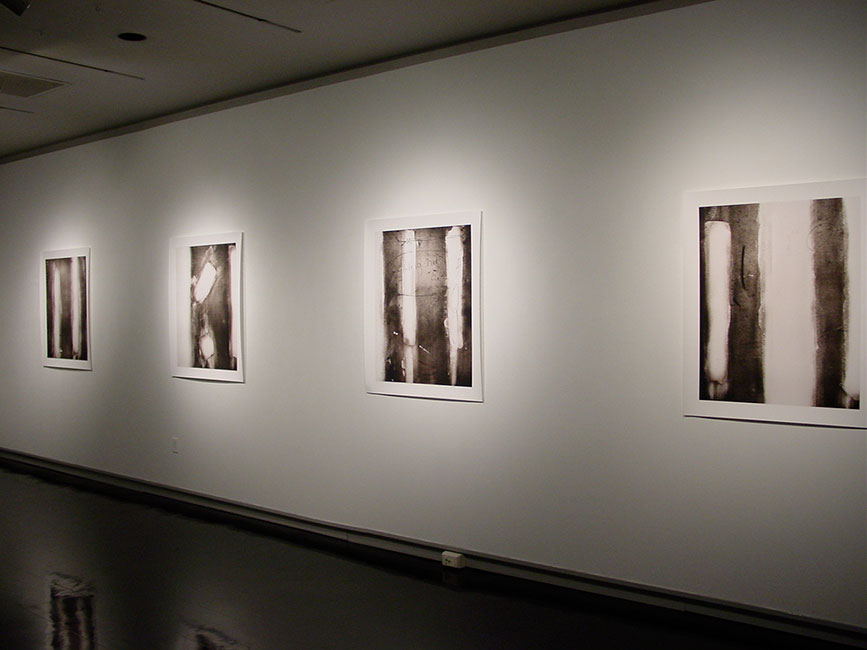


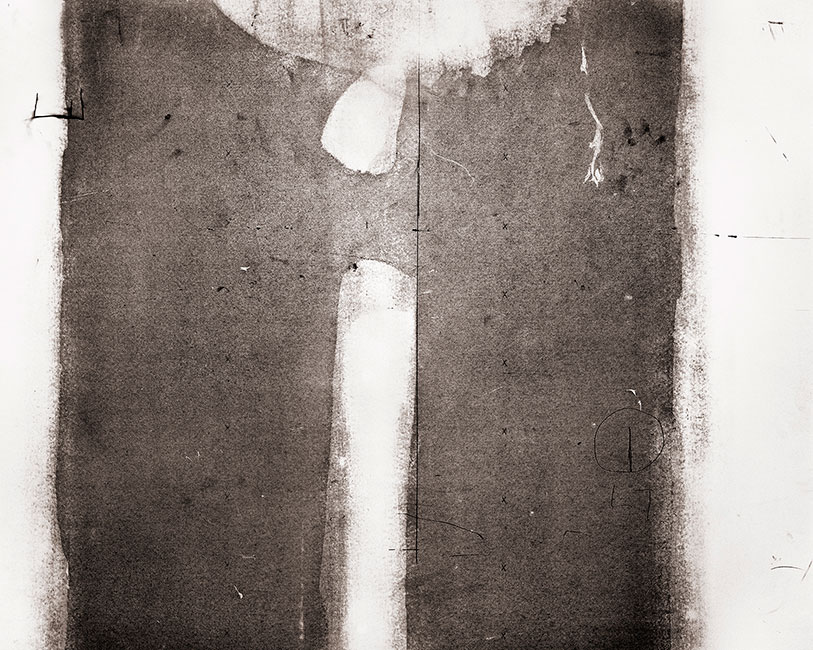


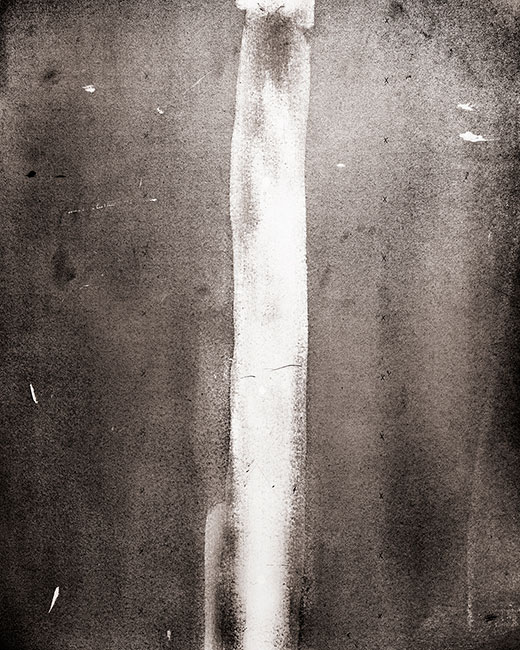





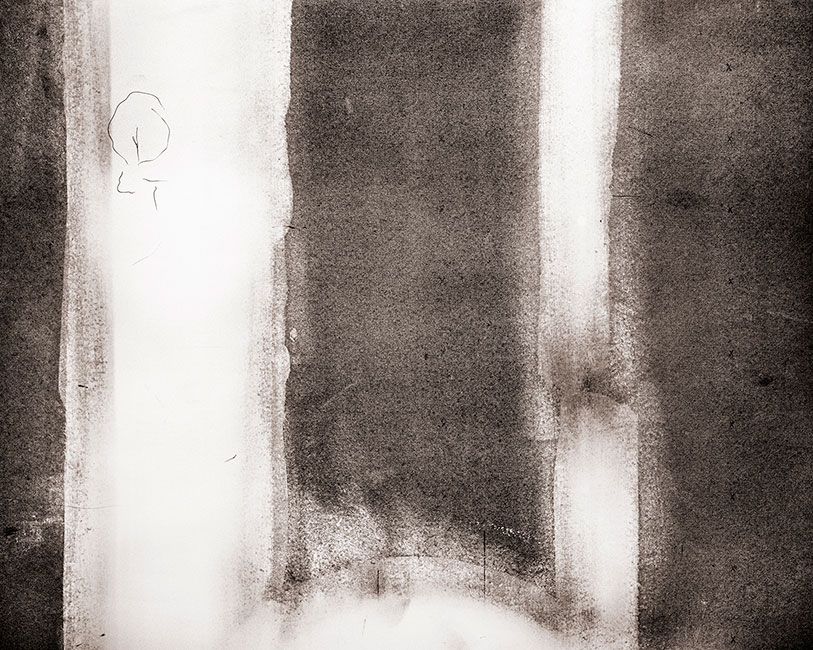


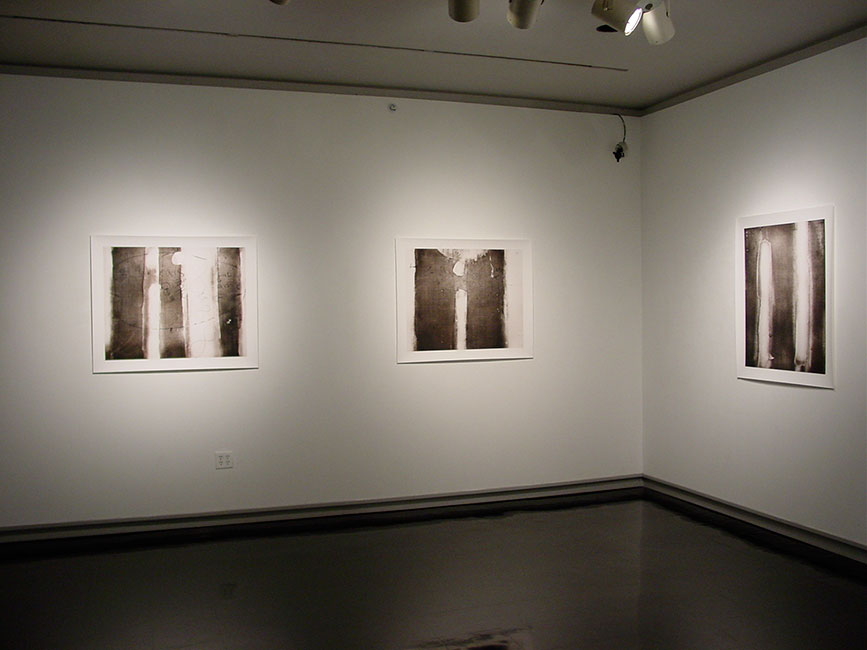


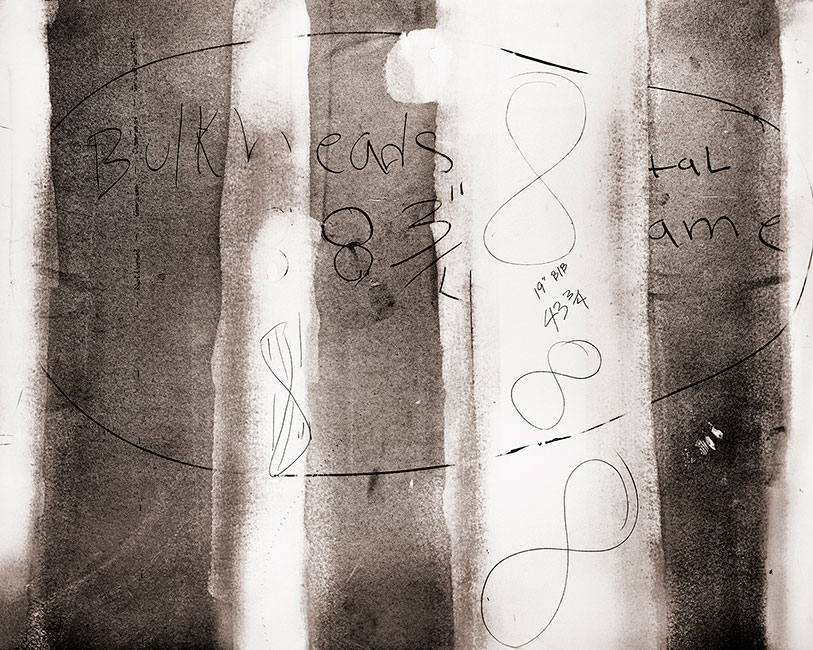








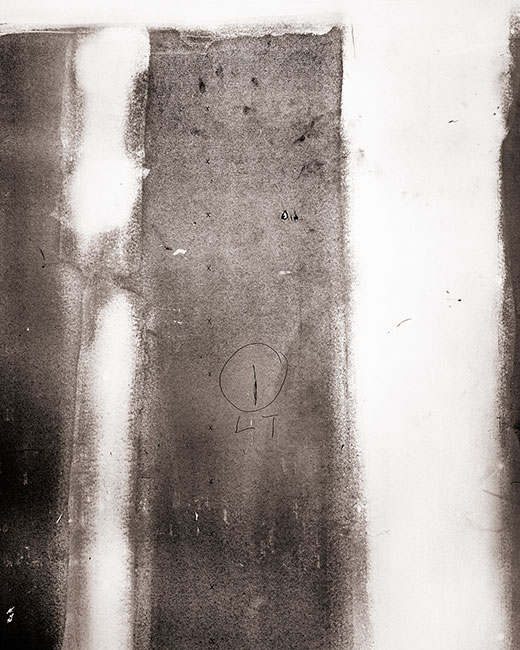


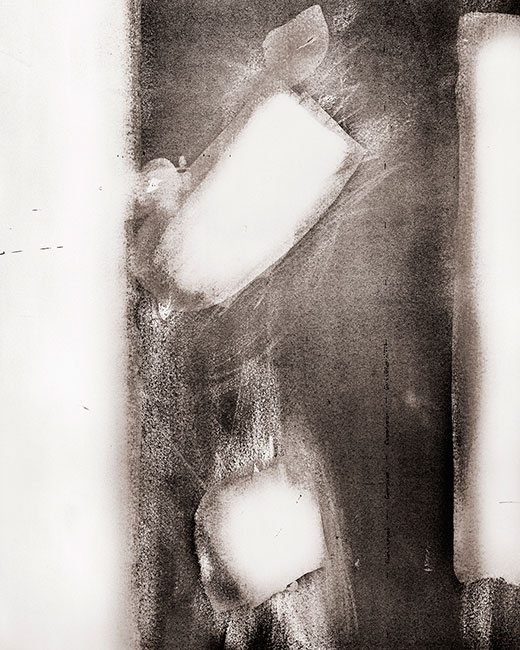


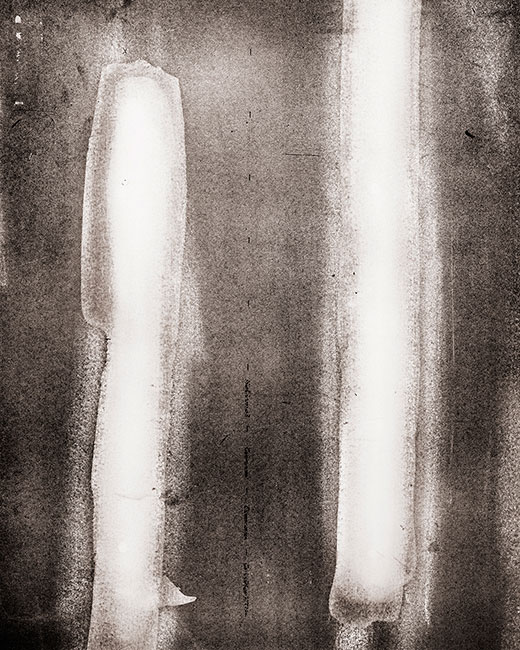


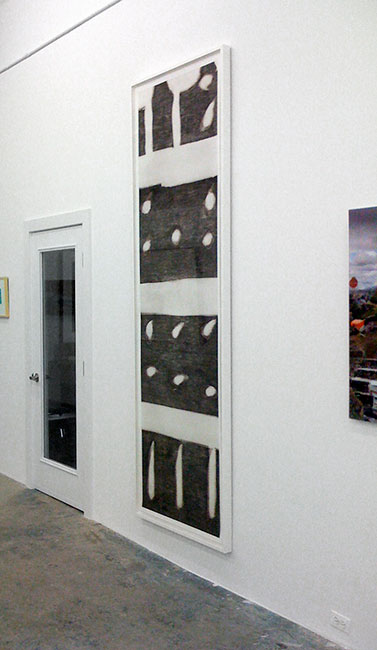


Below the Surface
Photography is a medium that re-presents the surfaces of objects, the exteriors of people and things in an unparalleled way. However, what exists even barely below the surface remains hidden from the camera’s exacting vision. These images reveal the imperfect, often random markings on the surface of interior room walls just before they are painted. They depict the marks made by construction workers at a particular job site—abstracted documents of the tape and joint compound used to cover the seams between pieces of sheetrock, as well as other indentations, flaws, and handwritten notations. Even though individual workers made the marks—evident in the handwriting on the walls—the techniques used in making walls seamless are universal. In these photographs, the marks made by others have been edited by cropping out carefully selected areas, and then the contrast of the digital files was greatly increased in order to exaggerate the separation between the sheetrock and the marks upon it. My focus on these utilitarian marks alludes to the relationship between the mental and physical labor involved in both the production of art and the construction of the places where we live and work. The final prints are meant to address authorship in the production of art, especially originality as it relates to the re-interpretation of another person’s work. This project, like much of my practice, is an artistic transformation of an ordinary subject, the walls of rooms in this case, something that each of us is intimately familiar with but rarely considers on any deeper level.